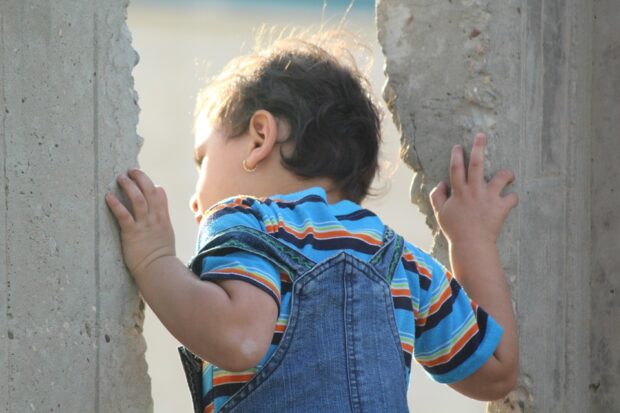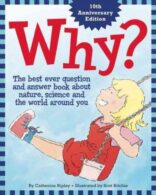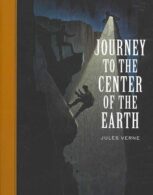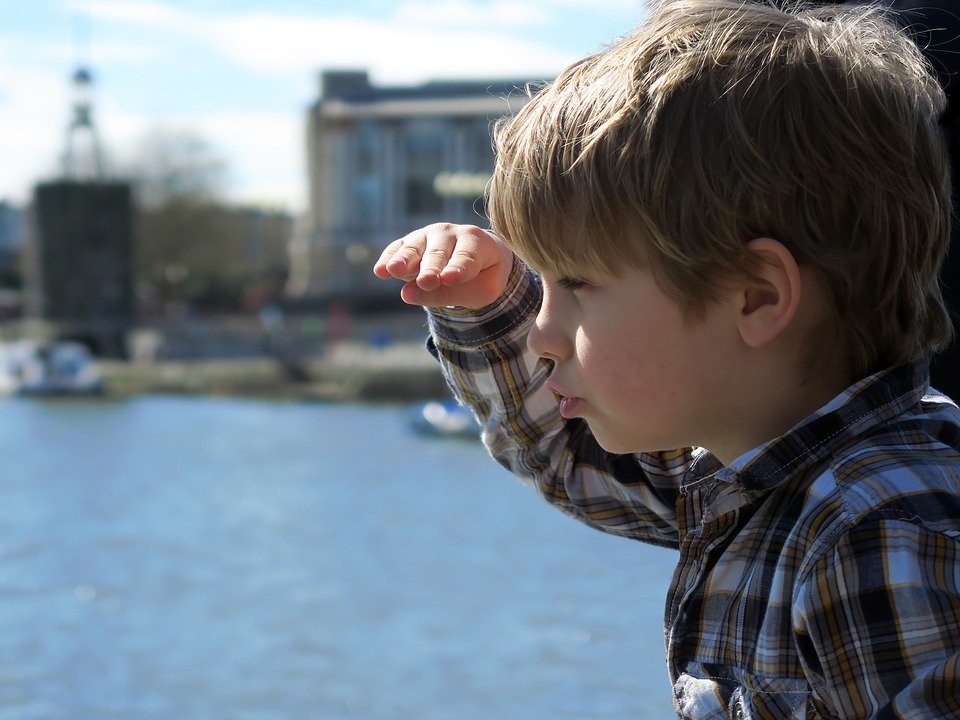If you’ve ever been around a small child who asks questions nonstop – and sometimes at the most inopportune moments – then you’ve been in the presence of natural curiosity and wonder.
What is that?
Why is the sky blue?
How does Santa Claus get down the chimney?
Why aren’t there anymore dinosaurs?
How come I don’t get to stay up late?
Why? But, why? But, why?
Children have an insatiable energy for asking questions, in part because that’s how they explore and learn, but also because I’m convinced that they’ve secretly got it in for adults and get some weird toddler satisfaction in making us feel stupid. (Especially when they ask questions that I have absolutely no answer for, so I end up saying “because” since we all know that settles things once and for all.)
John Dewey, an American philosopher and educational reformer (not to be confused with the decimal fanatic Melvil Dewey), observed in his 1910 treatise on the art of reflection, curiosity, and learning: “The curious mind is constantly alert and exploring and seeking material for thought…Eagerness for experience, for new and varied contacts, is found where wonder is found.”

The curious mind goes places, is open to new ideas and experiences. It finds the newness of situations exciting. It tries new foods or visits new places or talks with new people. Sometimes all at once! (I’m thinking of the time I was living in Galway, Ireland, talking to strangers at a pub, and eating “black pudding.” Note: Two out of three of these experiences were great!)*
Here at the library we encourage curiosity – it’s kind of our thing! It powers our electricity, runs our water, and binds the pages of our books. But because it’s tough to see the undercurrent of curiosity with the naked eye, we’ve decided to wear cool pieces of flair attached to our name tags that read “Connect to Curiosity.”
 So, if you’re not entirely sure why the sky is blue, and “because” is not a suitable response to the question, we’ll connect you to books or other resources to help you. (BTW: It has to do with blue light being scattered around when it enters Earth’s atmosphere, and it involves collisions with tiny molecules of air and the size of light waves which is pretty cool.)
So, if you’re not entirely sure why the sky is blue, and “because” is not a suitable response to the question, we’ll connect you to books or other resources to help you. (BTW: It has to do with blue light being scattered around when it enters Earth’s atmosphere, and it involves collisions with tiny molecules of air and the size of light waves which is pretty cool.)
 And if that question turns into another (How big is the Earth?) and another (Can I journey to the center of the Earth?) and another (If I dig a hole through the Earth, where would I come out?), we’ll get you hooked up with more books and programs and activities and community resources.
And if that question turns into another (How big is the Earth?) and another (Can I journey to the center of the Earth?) and another (If I dig a hole through the Earth, where would I come out?), we’ll get you hooked up with more books and programs and activities and community resources.
The curious mind – at whatever age – goes places! To the center of the Earth, to Middle Earth, to the skies and stars above, to outer space and galaxies far, far away, and wherever else the sense of wonder is found.
Visit the library and let us help you pursue your connection to curiosity! #ConnectToCuriosity
*Curious about what black pudding is? Learn more from the BBC and let me know if you try it!

